Creating moody portraits indoors is a lot easier than it might seem.
I remember when I first started becoming interested in photography and I’d come across these gorgeous, moody photos.
I thought to myself that there’s no way that I could ever create photos like that.
These photos were just magical and they truly captivated my inner-artist.
But then after a lot of time, practice, and testing, I realized just how simple creating photos like this truly is!
The top way to create these portraits that are full of contrast, shadows, mood, and emotion is to be mindful of your lighting.
Just as with any kind of photography style, the key component is light, exposure, and camera & lens settings.
So, what exactly defines a moody portrait?
For one, it doesn’t mean it has to be tragic, dark, depressing, and unsettling.
Instead, it can be full of emotion that tells a story in a way that other types of photos cannot.
And that’s the beauty behind photography: we can manipulate and utilize light in various ways to achieve different outcomes.
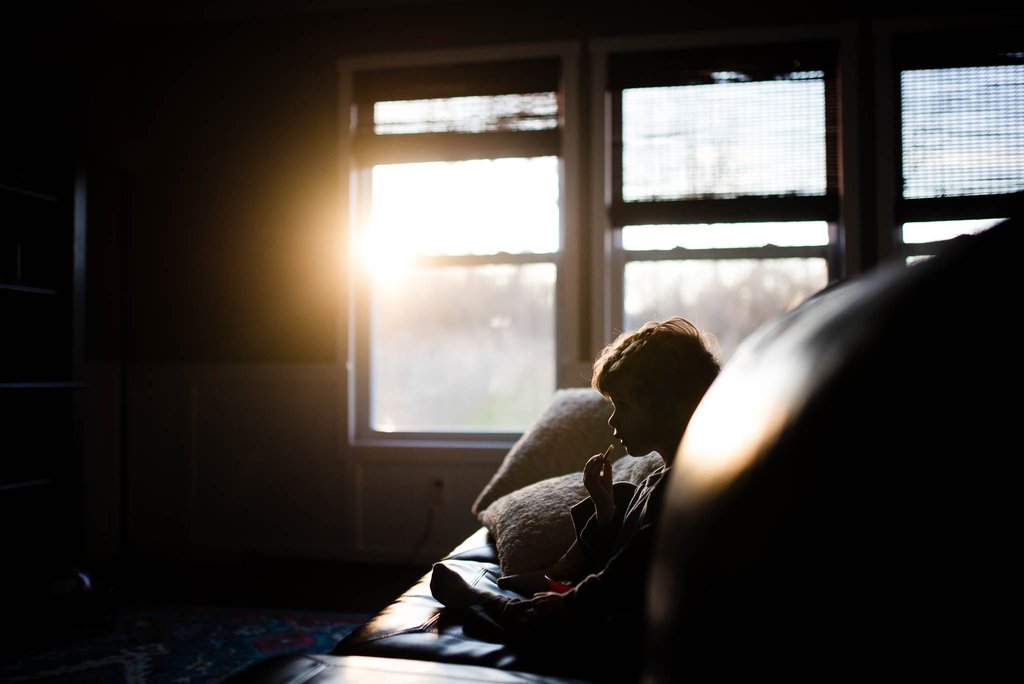
create mood with the LIGHT SOURCE
The first and foremost ingredient you need to know about to create moody portraits indoors is your light. Light is everything in photography and the key component to creating moody portraits.
Too much light and your photos will take on a more bright tone, and too little light will produce a bad photo.
The most simple way to achieve this is by using directional window light that contains a lot of contrast, preferably without another light source in the background.
By illuminating your subject with the window light, you will creating shadows in the background.
The easiest way to discover how light interacts with your camera is to play around with how close your subject is to the light source.
Really close to the light and further away from the background equals extra moody. Further away from the light source and closer to the background will result in less mood because of the distance to the light.
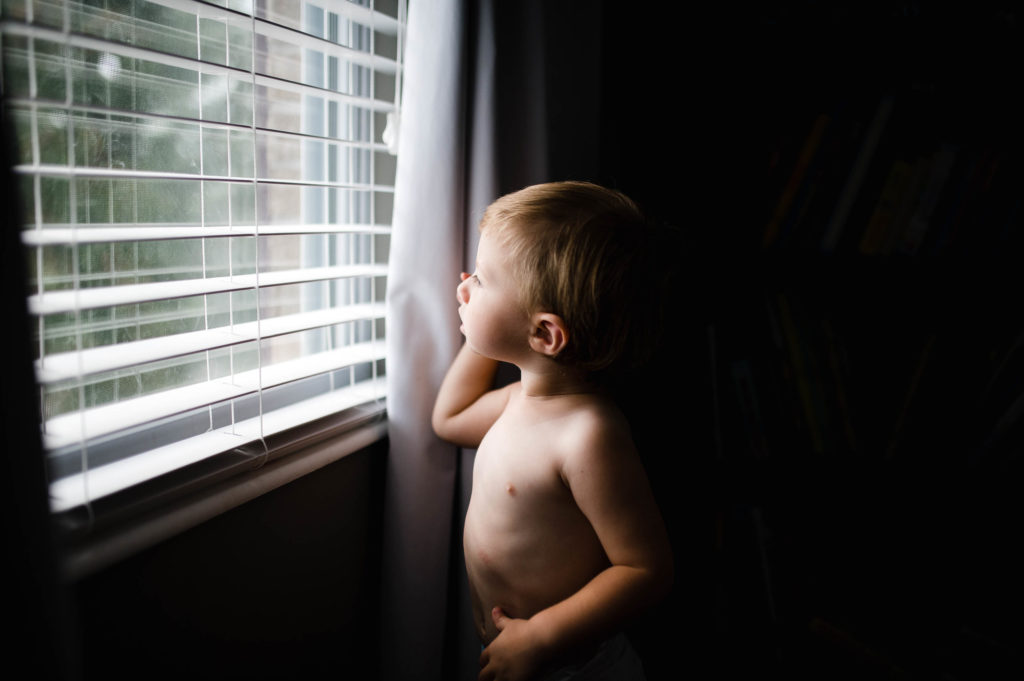
This portrait is an example of being close to the light source and far away from the background.
By focusing and exposing for the skin, the directional light from the window created a high contrast look that resulted in a moody look.
LIGHT QUALITY defines mood
Even for indoor window light, the quality (which can be determined by the weather outside), will most definitely play a role in the moodiness of your images.
A bright and sunny day will create more harsh shadows in the background while giving off a more rich and crisp photograph, while an overcast day will ensure more even and mellow dark tones and a flatter look throughout the image.
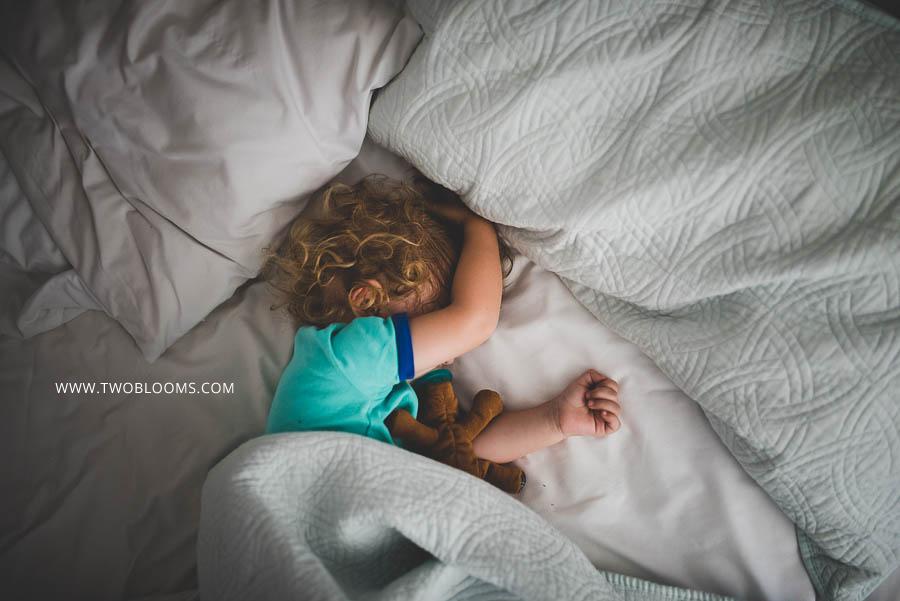
This photo was taken on an overcast day while the rain poured down. Even being close to the light source (the window), the entire photo is more muted and dull because of the hazy sky outside.
The light outside will definitely determine the kind of light that you get inside.
CAMERA SETTINGS
Your ISO, shutter speed, and aperture also play a crucial role in how moody your images will look.
ISO, or how sensitive your sensor is to light, should be set and determined based on your end result goals and how much light & clarity you want in your photograph.
By having your aperture wide open, you’ll be able to focus more on the subject than on the environment as a whole. It will also allow more light into your camera sensor if the light is low.
Your shutter speed will play a big role as well since this will be how much you want to freeze with moving subjects.
When combined, all three of these factors can be manipulated and changed depending on the type of photo you have in mind.
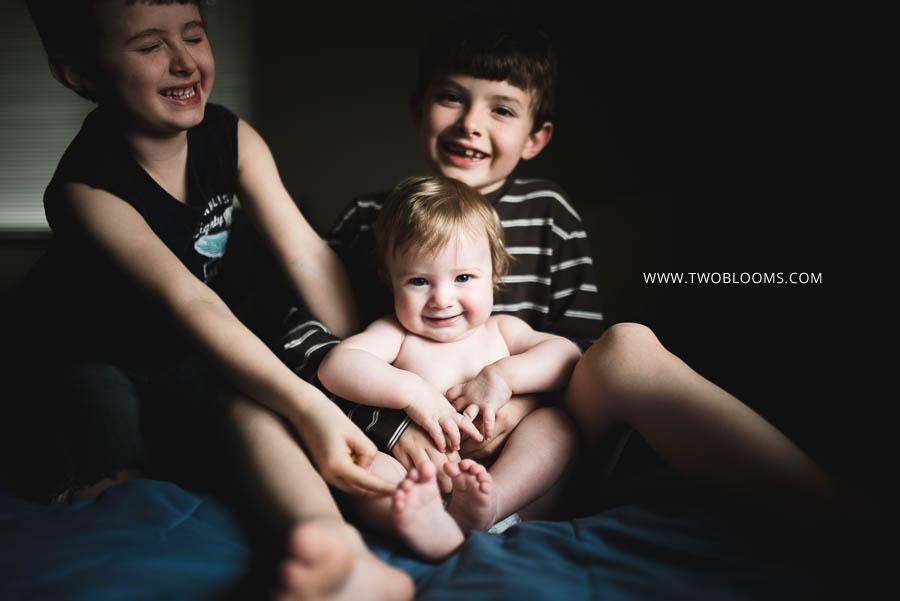
This photo was taken with a 35mm lens at f1.4. This allowed the subject to be in focus, but the others in the background to be slightly blurred.
Because of the low-light situation, a small aperture (f-stop) needed to be chosen in order to capture the moment of the children with a higher shutter speed.
PHOTO EDITING can enhance the moody look
When all is said and done and you have the image the way you envisioned, you now have an opportunity to amplify the mood of your images through your post-production editing.
Lightroom gives you the best tools and ability to manipulate your photos in a non-destructive way. To start, you can do this by adjusting your develop sliders and tone curve. Adding contrast, increasing shadows, and toning down highlights can quickly add a boost of mood to your images.
The Lightroom tone curve can help amplify the moody look in your images.
Lightroom presets can also quickly and efficiently enhance your editing and final product with speed and ease.

Storyteller is the PERFECT Lightroom preset collection to add subtle color shifts and extra mood to your photos instantly.
See how this collection of 1-click presets can enhance the look of your photos and editing style today!
Ready to take your photos to the next level???
It took me years of trying, tweaking, and experimenting to finally crack the code on getting the PERFECT SHOT.
What I realized, (after banging my head against the wall all too many times) was that getting amazing photos wasn’t as difficult as I had been led to believe.
The camera, the lenses, the editing apps….all of those things weren’t doing me much good. And I came to acknowledge that if you don’t know how to take perfect photos IN CAMERA, then you won’t get the results you are looking for!
I realized, that in order to get better photos, you just need to focus on the light!
Once I started to pay more attention to the light in my scene, my photos drastically improved!
Not to mention, it saved a TON of time and frustration when I went to edit them.
That’s why I created The Perfect Shot: a natural lighting guide to help photographers take their photos to the next level.
In this digital guide, you will learn:
- How to master various indoor lighting conditions and learn the ways to make the light work for you to be a more consistent shooter.
- The best ways to make back lighting work for you.
- How to take photos in full sun and get BEAUTIFUL results.
- Finally become confident in your lighting skills, no matter what time of the day it is!
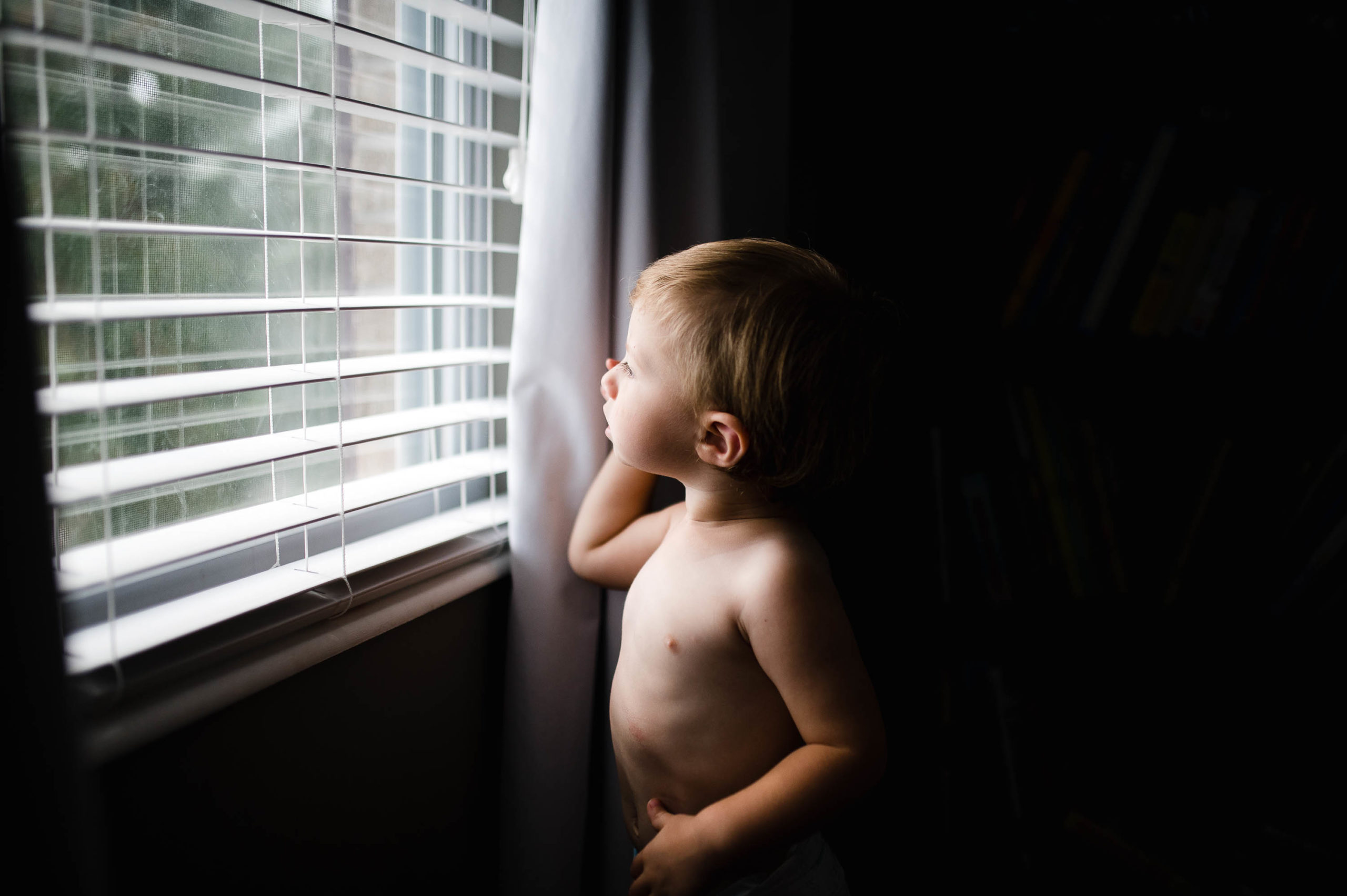
be the first to comment